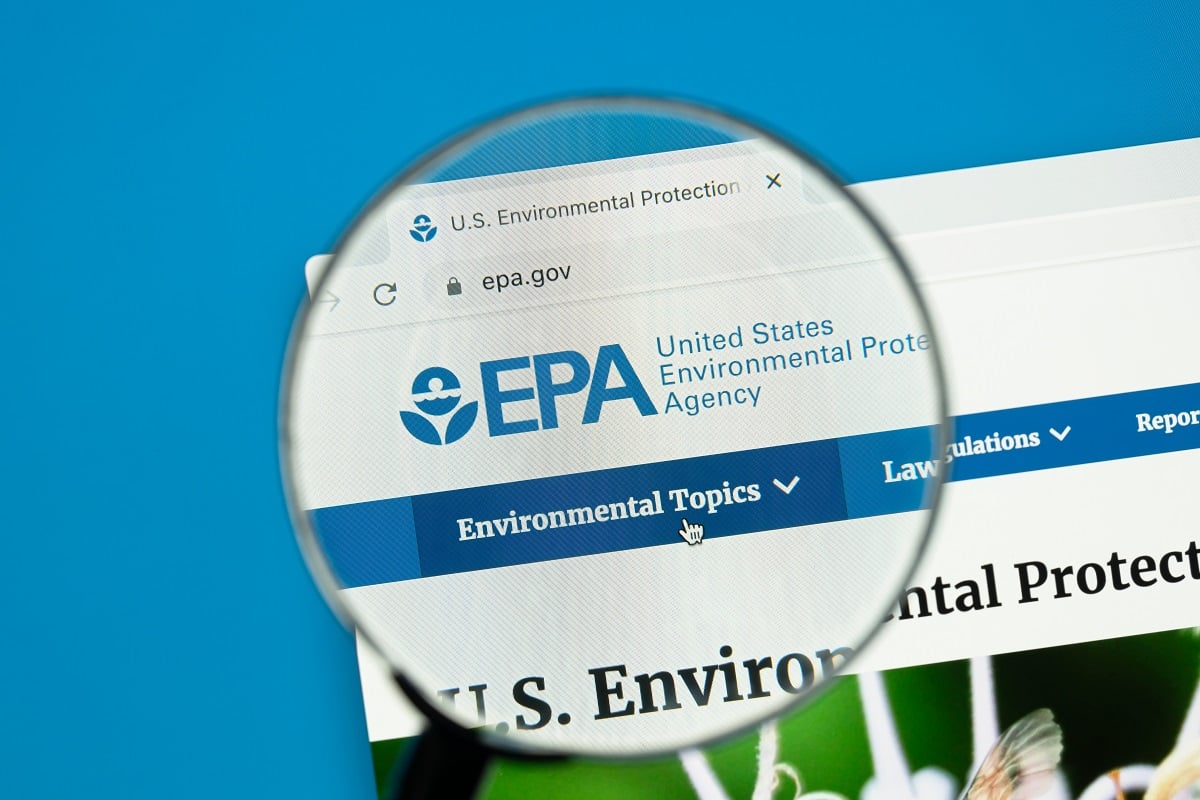
EPA Chemical Safety Rule Raises Questions About Authority
For what appears to be the first time in its history, the U.S. Environmental Protection Agency has recently finalized a rule that requires board-level involvement in an EPA-administered program. Specifically, the EPA’s recent amendments to the Risk Management Program (RMP) require certain chemical plants and refineries to submit third-party audit reports on process safety directly to the audit committee of the company’s board of directors. In short, the EPA is seeking to get involved in corporate governance by dictating what information management must provide to the audit committee and when — regardless of management input. In this article, first published in Law360 on April 25, 2024, Sidley lawyers Justin Savage, Ike Adams, and Aaron Flyer dissect the recent RMP amendments, which are a follow up to the EPA’s Safer Communities by Chemical Accident Prevention rule, finalized March 11, 2024. The authors explore the EPA’s authority to regulate corporate governance requirements, the practical value in doing so, and the potential fallout for companies in terms of corporate governance. If the new RMP rule survives judicial review, it may embolden the EPA to issue other board reporting obligations in any number of its regulatory programs governing corporate operations.
U.S. EPA Announces New “Strategic Civil-Criminal Enforcement Policy”
On April 17, 2024, the U.S. Environmental Protection Agency (EPA) published its “Strategic Civil-Criminal Enforcement Policy,” a landmark new internal enforcement policy for its civil and criminal enforcement offices (the Policy) that signals a paradigm shift in how the agency will assess, coordinate, and prosecute civil (including administrative) and criminal environmental enforcement. In the Policy, EPA states that it has already started increasing communication and collaboration between its enforcement offices in recent years, which EPA believes has led to better case screening and more consistent enforcement responses across regions. But the Policy goes far beyond those less formal efforts and reflects EPA’s stated goal to continue toward an integrated approach, moving away from its prior, more bifurcated approach to civil and criminal enforcement.
U.S. EPA Announces New National Primary Drinking Water Regulations for PFAS
On April 10, 2024, the U.S. Environmental Protection Agency (EPA) announced the first-ever legally enforceable drinking water standards for per- and polyfluoroalkyl substances (PFAS). PFAS are a group of thousands of manmade chemicals that have been manufactured and used globally since the 1940s. They are commonly found in textiles, cookware, packaging, plastics, and firefighting foams. PFAS are typically very persistent in the environment and in the human body, meaning that they do not break down and can accumulate over long periods of time. For that reason, they are often called “forever chemicals.” This action is the most recent step in the EPA’s October 2021 “PFAS Strategic Roadmap,” a report establishing action items to address PFAS contamination and timelines for their completion.
U.S. Nuclear Regulatory Commission Progresses Efforts to License Advanced Reactors
The U.S. Nuclear Regulatory Commission (NRC or Agency) continues to progress the Agency’s efforts to license commercial advanced reactors under two parallel paths. The Agency is reviewing applications for licensing of advanced reactors under the existing regulatory framework (10 CFR Part 50 and 10 CFR Part 52) while developing a “risk-informed” and “technology-inclusive” regulatory framework for advanced reactor technologies and designs — 10 CFR Part 53.

U.S. Fish and Wildlife Service Finalizes Changes to Voluntary Endangered Species Act Programs and Related Permitting Process
On Friday, April 12, 2024, the U.S. Fish and Wildlife Service (the Service) issued a Final Rule making changes to 50 CFR part 13 to clarify and expedite the process for issuing enhancement of survival permits and incidental take permits pursuant to Section 10(a)(1)(A) and (B), respectively, of the Endangered Species Act. The regulatory changes are intended to provide the Service greater flexibility in implementing the permitting process and generate greater conservation results by encouraging additional engagement in voluntary programs associated with these permits, including safe harbor agreements (SHAs), candidate conservation agreements with assurances (CCAAs), and habitat conservation plans (HCPs).
U.S. Securities and Exchange Commission Stays Climate Disclosure Rule
On Thursday, April 4, 2024, the U.S. Securities and Exchange Commission (the Commission or SEC) issued an order staying its March 6, 2024, Final Rules — The Enhancement and Standardization of Climate-Related Disclosures for Investors, Rel. Nos. 33-11275, 34-99678 (Mar. 6, 2024), 89 Fed. Reg. 21,668 (Mar. 28, 2024). As discussed in detail in Sidley’s March 12, 2024, alert here, the Final Rules require domestic and foreign registrants to include extensive climate-related information in public securities filings.

U.S. Federal Courts Vacate Federal Highway Administration Greenhouse Gas Rule
On Tuesday, April 2, 2024, in Commonwealth of Kentucky v. Federal Highway Administration¸ No. 23-162 (W.D. Ky.), the U.S. District Court for the Western District of Kentucky vacated the Federal Highway Administration December 2023 Greenhouse Gas Rule (see our prior blog post here for a more detailed summary of the Rule). That rule, proposed in July 2022 and modeled off of a rule proposed by the Obama administration in 2017 but repealed by the Trump administration before it could take effect, sought to require each state to set declining targets for tailpipe carbon dioxide emissions from vehicles on the National Highway System. Tuesday’s ruling follows a similar one from the U.S. District Court for the Northern District of Texas on March 28, 2024, in State of Texas v. U.S. Dep’t of Trans. No. 23-304 (N.D. Tex.) that purported to vacate the rule nationwide.
Endangered Species Act Regulation Revisions
On March 28, 2024, the U.S. Department of the Interior Fish and Wildlife Service (FWS) and the National Oceanic and Atmospheric Administration National Marine Fisheries Service (NMFS) finalized three rules that increase Endangered Species Act (ESA) protections for plants and animals. The rules, which had been rescinded or changed under the Trump administration, focus on increasing protections for threatened species under the 4(d) blanket rule, increasing the processes for listing species, restoring habitat protections and designating of critical habitat, and increasing cooperation with other federal agencies. The services received approximately 468,000 public comments collectively across the three rules.
The Newest Phase of EPA’s Greenhouse Gas Emissions Standards: Phase 3
On March 29, 2024, the U.S. Environmental Protection Agency (EPA) announced its most recent national greenhouse gas (GHG) pollution standards for heavy-duty (HD) vehicles, including HD vocational vehicles and tractors. The rule establishes new CO2 emission standards for model year (MY) 2032 and later HD vehicles, with more stringent CO2 standards phasing in as early as MY 2027 for certain vehicle categories.

